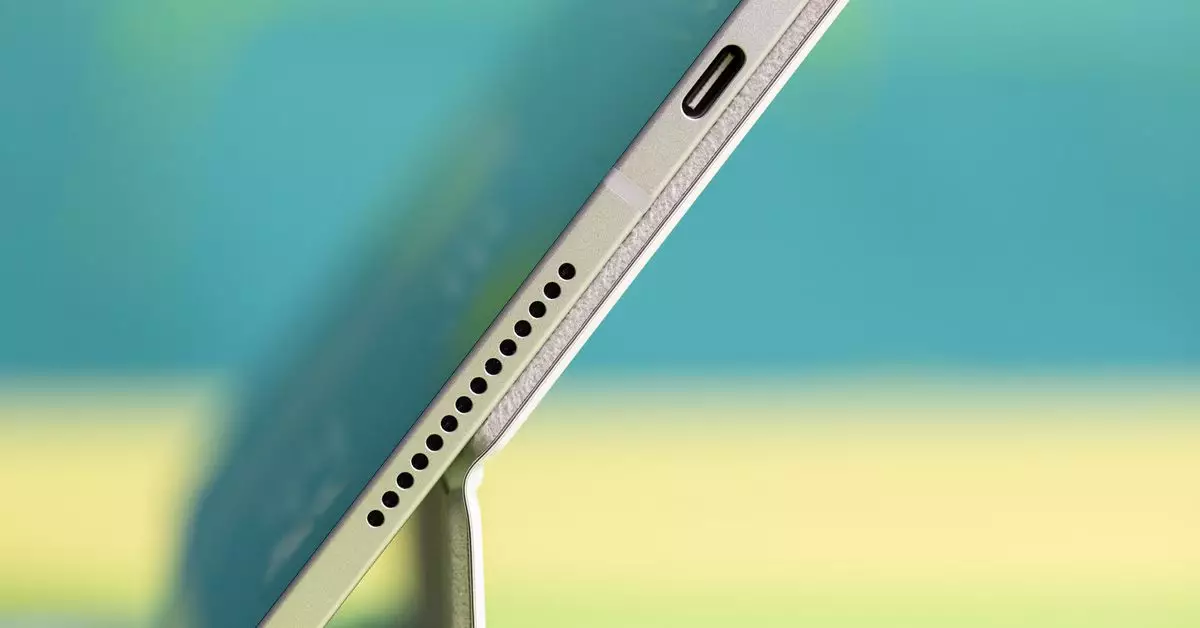In a recent Power On newsletter by Bloomberg’s Mark Gurman, it was revealed that Apple is continuing its trend of producing increasingly thin devices. This effort goes beyond just the OLED iPad Pro, with plans for a “significantly skinnier” iPhone 17, as well as efforts to reduce the thickness of the MacBook Pro and Apple Watch. This focus on thinness is not new for Apple, with reports of an upcoming “iPhone 17 Slim” circulating in the tech community. However, the key difference this time around seems to be a more measured approach, with a focus on balance rather than extreme thinness at all costs.
While Apple’s pursuit of thin devices has resulted in some impressive products, it has also come with its fair share of drawbacks. Issues such as bendable iPhones, limited port options, poor battery life, thermal problems, subpar keyboards, and even legal troubles have plagued the company in the past. The shift towards thicker devices in recent years, such as the iPhone 15 Pro and the latest MacBook Pro lineup, has been welcomed by many users who value functionality and performance over sheer thinness. However, there is still a nostalgic appeal to the sleek and futuristic design of earlier Apple products.
Despite the move towards thicker devices, there are encouraging signs that Apple is finding a balance between thinness and functionality. The current MacBook Air, for example, is incredibly thin yet powerful and energy-efficient. Similarly, the new iPad Pro, thinner than an iPod Nano, has not sacrificed any essential features. This suggests that Apple may have learned from past mistakes and is now prioritizing sturdiness and battery life alongside thin design.
As Apple continues to push the boundaries of thinness in its products, it is essential that the company maintains a focus on usability and reliability. While sleek and slim devices are appealing, they must also deliver on performance and durability. A balance between form and function is key to creating devices that meet the needs of consumers without compromising on essential features. Hopefully, Apple’s renewed effort towards thin devices will not come at the expense of user experience, and the company will continue to innovate while prioritizing quality and reliability.


Leave a Reply